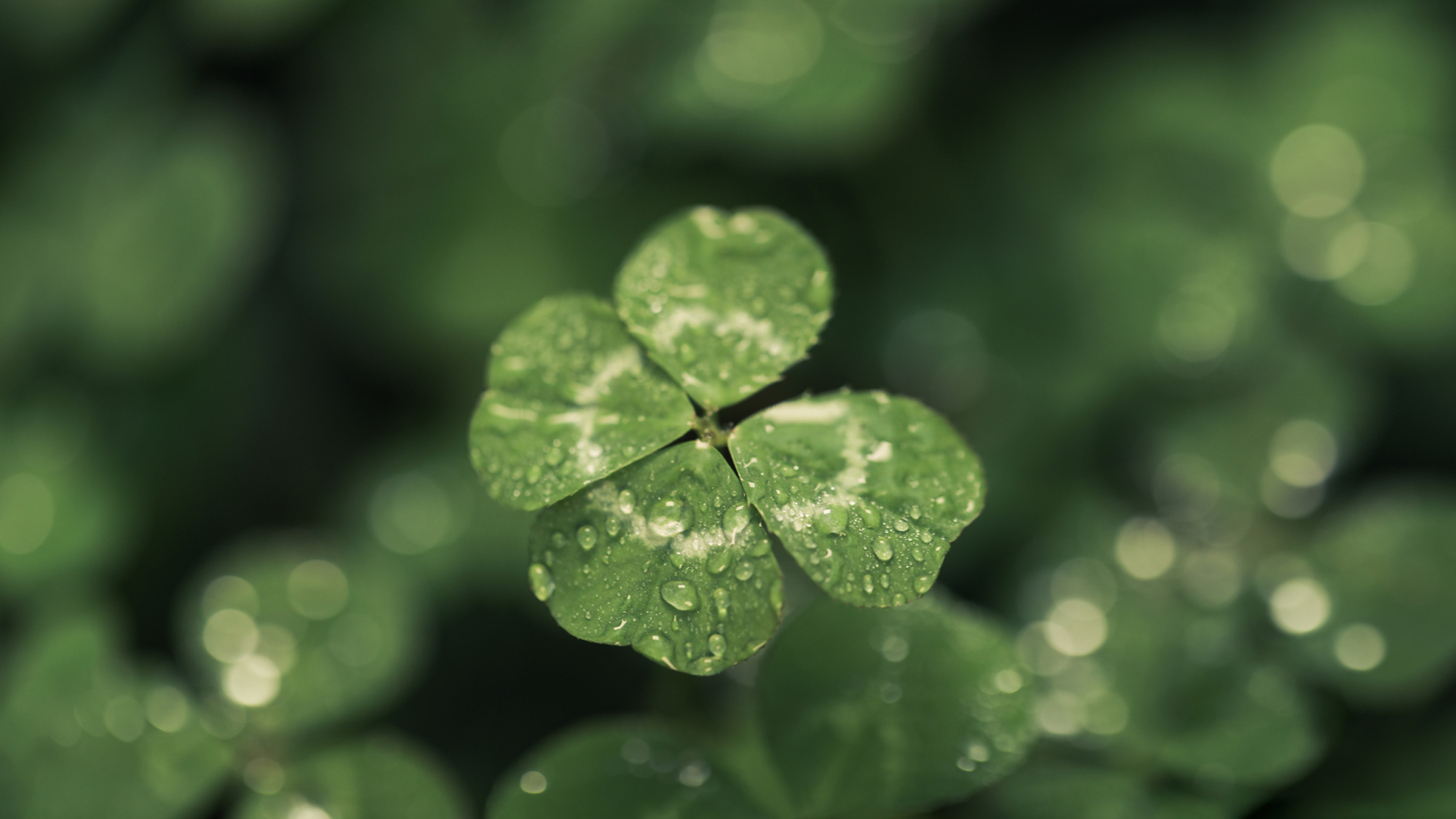What’s the weirdest thing you learned this week? Well, whatever it is, we promise you’ll have an even weirder answer if you listen to PopSci’s hit podcast. The Weirdest Thing I Learned This Week hits Apple, Spotify, YouTube, and everywhere else you listen to podcasts every-other Wednesday morning. It’s your new favorite source for the strangest science-adjacent facts, figures, and Wikipedia spirals the editors of Popular Science can muster. If you like the stories in this post, we guarantee you’ll love the show.
FACT: Science says superstitions can be very real
By Laura Krantz
If you’ve ever avoided walking under a ladder—or jumped over a crack so you didn’t step on it, or worn a lucky sweater to give a presentation—then you are likely superstitious. It’s nothing to be ashamed of. Humans have held a variety of superstitions for thousands of years—we have evidence of superstitious behavior going as far back as the 4th century BCE. A book from that time period written by the philosopher Theophrastus contains a series of character sketches, one of which is about “The Superstitious Man.” Here’s the description:
The Superstitious Man is the kind who washes his hands in three springs, sprinkles himself with water from a temple font, puts a laurel sprig in his mouth, and then is ready for the day’s perambulations.
It’s not particularly flattering, and it’s clear that Theophrastus is sneering a bit at superstitious people, depicting them as silly and irrational. That sentiment has persisted into the modern day: that superstitions are not scientific or rational and that they have no bearing on the outcome of events. But we keep skirting ladders, jumping over cracks, and wearing lucky sweaters. Why?
Many psychologists agree that superstitions have to do with a feeling of control. It makes sense that we want to avoid the worst outcomes and, conversely, achieve the best ones. In situations where we know the outcome is certain, we’re unlikely to engage in superstitious behavior. But at those moments when we feel like things are less certain, that chance plays a bigger role, we are more likely to fall back on superstitions. But is there anything actually scientific about engaging in these behaviors?
Turns out, there might be. A team of scientists out of Germany did an experiment to test the effect of good luck superstitions on people’s behavior. They designed an experiment to see how superstitions affected participants’ performance on a series of tasks, including how well participants would perform on two timed tests: a matching game (like Memory) and a word game that involved creating as many words as possible out of eight letters. Prior to these tests, the scientists called each participant and told them to bring a personal lucky charm to the experiment. Then, before each test began, about half of them had their lucky charm taken away.
What the scientists found was that those who had been allowed to keep their lucky charms felt more confident going into the tasks. No surprises there. But they also performed better than the ones who didn’t, which raises the possibility that superstitious beliefs might actually make a person believe more in their own talents and abilities. In other words, it may pay to be superstitious.
To learn more about superstition, check out my new book about the science of magic.
FACT: Ant farms are more than just a toy
By Laura Baisas
After an asteroid struck the Earth about 66 to 68 million years ago, colonies of ants turned into fungi farmers. The devastation that wiped out the dinosaurs created ideal conditions for various fungi to thrive, and ants actually began to cultivate fungi. This evolutionary partnership is still intact to this day, with leafcutter ants being the prime example.
FACT: Scientists found mummies covered in ancient cheese
Scientists recently found some cheese that’s been developing its funk for a little bit longer than usual: 3,500 years or so. We’re not talking trace amounts of fermented dairy found on the inside of a pot, either—we’re talking solid chunks of cheese. And they were found somewhere kind of surprising: smeared on the heads and necks of several mummies in Northwestern China.
This story starts back in the 90s, which is when archaeologists first uncovered the naturally-mummified desert burials. They all dated back to around 3,300 to 3,600 years ago, AKA the Bronze Age. The scientists noted that they found smears of white stuff on some of the mummies and thought the residue might be from some kind of dairy product, but DNA technology at the time wasn’t up to the task of identifying it. They took samples from three different tombs and put a pin in that.
For this new study, researchers took those samples and extracted mitochondrial DNA for analysis, which revealed the presence of both cow and goat DNA. They were also able to analyze the DNA of the microorganisms within the dairy samples, which confirmed they were kefir cheese. It’s almost 400 years older than the previous record holder for, you guessed it, oldest cheese.
In addition to raising questions about why people were burying their loved ones with some kefir for the road, the study has helped teach us more about the history of fermented dairy.
Basically, there are two major groups of Lactobacillus bacteria—one originating from Russia, which is the one most used globally for making yogurt and cheese, and another one from Tibet.
There’s a long-held belief that kefir originated in the North Caucasus mountain region in what’s now Russia. But when scientists took a closer look at this 3,500-year-old kefir, they found that the Lactobacillus used to make it was more closely related to the Tibetan group.
Check out this previous PopSci story for more on humanity’s long and complex love affair with fermented dairy.
